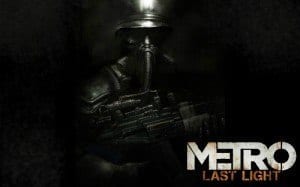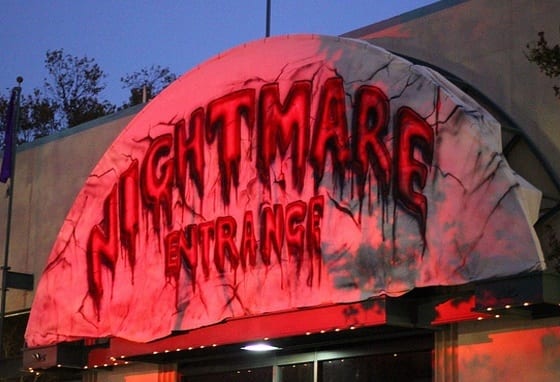
The Apocalypse never looked so pretty
After the events of Metro 2033, the world, and Russia in particular, are still hell. Despite destroying the Dark Ones, protagonist Artyom finds that the problems facing the survivors of the fallout are faced with new enemies. Nazis and communists are still prevalent and set on invading the neutral outposts littered throughout the sprawling metro tunnels. It’s tough living in a world where venturing into the open requires a gas mask to breathe and a firearm to survive. The world though, in all it’s devastated glory, is beautiful wreckage of turmoil. Plane wreckage litters the landscape to create a semblance of rolling hills and shells of once-proud buildings cast shadows like fall trees. It’s those shadows though, that vivid darkness, that holds danger. Mutated beasts roam freely like cattle, setting upon any unprepared scavenger who ventures into what has become their domain. With no manmade defense patrolling the skies, demons fly to and fro, laying claim to them and, should they set their eyes on you, will pluck you from the terrain with ease. The world is hell — a rusty, dusty hell.

Down below is much of the same; the metro, subway rails that connect towns, is the prime mode of transportation, with scavenged carts and scrapped locomotives the only travel options people have beyond their own two feet. While the surface has been claimed by the demons, the underground is arguably more dangerous. Twisting corners and ever-present darkness hide some of the most vile, disgusting beasts to roam the metro. And that’s only the people. Cobwebs cake the walls and hide decomposing bodies, victims of scavenger parties who never returned, presenting a constant reminder of the dangers that await you. With your personal flashlight and a hand-powered pump, used to recharge the battery as the light begins to dim, players will take Artyom through a labyrinth of metro tunnels, both used and abandoned. The goal is to find the last remaining Dark One, a race of creatures thought obliterated during Metro 2033, the first title in this series set on Dmitry Glukhovsky’s novel (which makes a cameo in the game).

Artyom soon finds that his objective, the Dark One he is pursuing, is nothing more than a child and, in an unfortunate turn of circumstance, gets both of them captured by rival factions. Where Metro 2033 relied on beasts and humanoids for most of the danger, Metro: Last Light introduces a delicate blend of human and monster combat. Various weapons return, all customizable with scopes, stocks, and barrels, and each presenting a different gameplay mechanic. Shotguns work wonderfully for close encounters, the constant tactic of deadly beasties roaming the metro. Assault and even sniper rifles are inserted for those full-scale firefights you’ll often find yourself wading into. Perhaps most impressive is the option to move throughout the game stealthily, using those deadly shadows as your own personal hunting ground. Attaching silencers to your weapons allows dispatch of pesky guards who patrol areas, but even in those instances there are many passages and hidden pathways you can traverse to avoid combat altogether.

Boss battles are always a difficult proposition in FPS games, so the three or four that you face throughout your 10 to 12 hour journey would feel out of place. In reality, most of them are well executed, though telegraphed to players well before they happen. In each instance players will find themselves in an arena-like setting, a rounded battleground that allows easy maneuverability to help against the foe you’re dealing with. Unfortunately, pathing becomes an issue not only during these encounters, but routinely throughout the game. Often you can turn to your compass to provide general direction, but the corners of the metro and the dangerous above-ground landscape provides little direction to players looking for easy-to-find paths.

With the exception of the final battle, where out-of-place dialogue can mislead players and leave them confused, the overall scope of Metro: Last Light is brilliant. The use of light, both artificial and natural gives players a sense that the world they are in is real. The wreckage provides a layer of filth that projects onto every piece of equipment you use and every character you interact with. Though a silent protagonist, Artyom provides monologues in between levels that helps relay his feelings to players who may be having their own internal struggle. Even the nudity, of which may feel out of place in this shell of Russia, is presented in a way that makes players understand that debauchery in its rawest form is something that cannot be dismissed, even in the worst of times. Players looking to experience a compelling story should take note, even if you missed out on the first title Metro: Last Light is game you should not miss.
Overall Score: 8 out of 10












